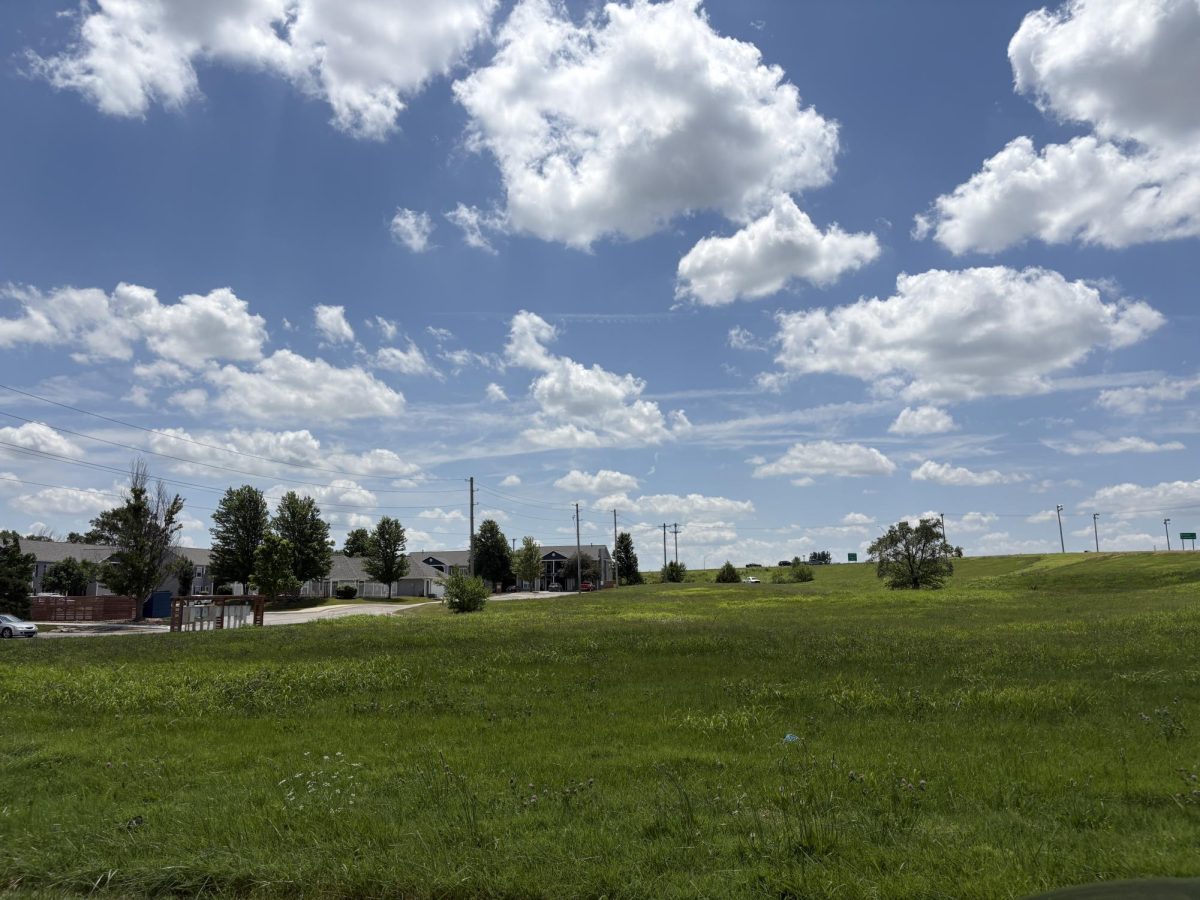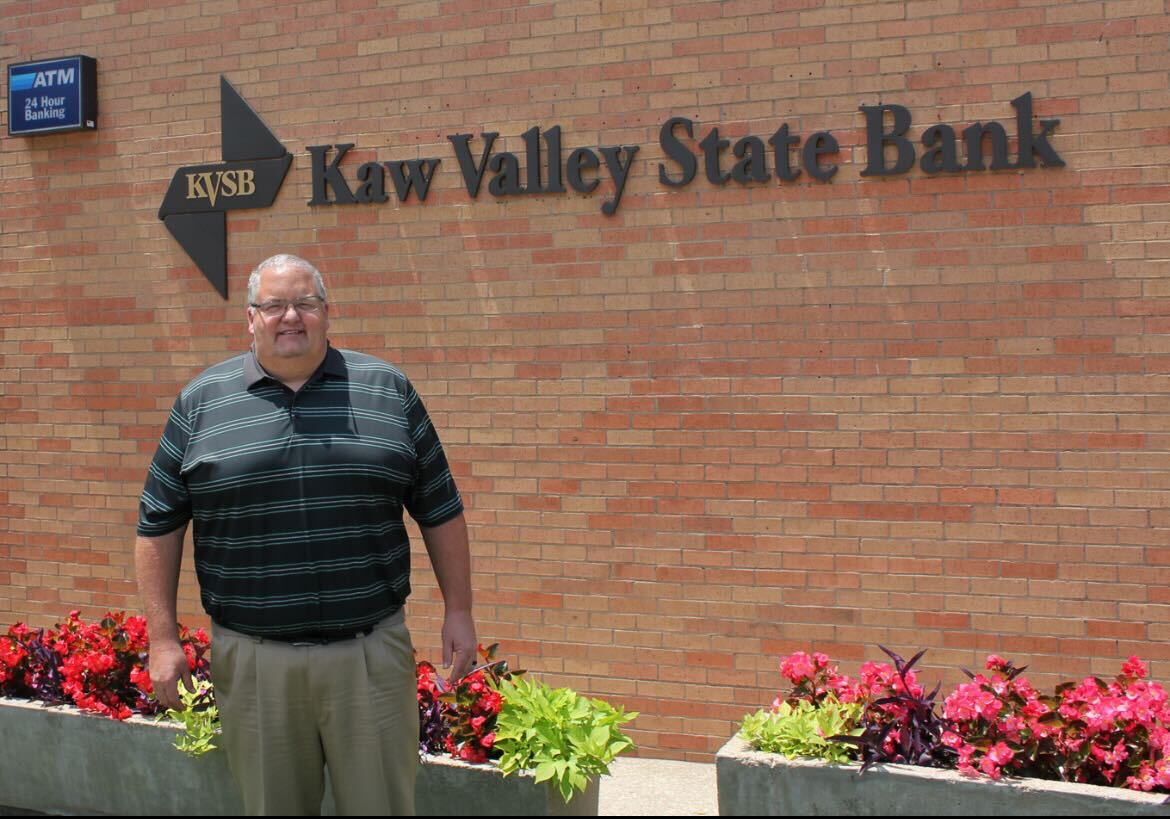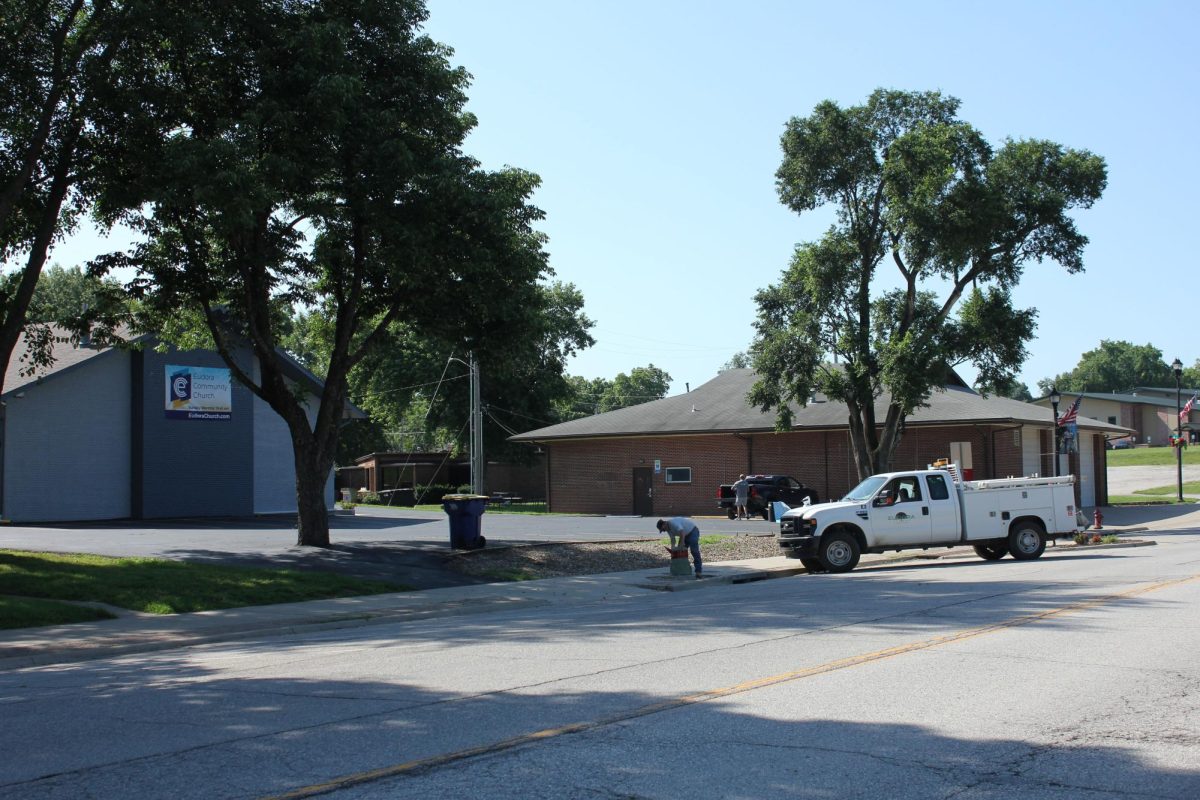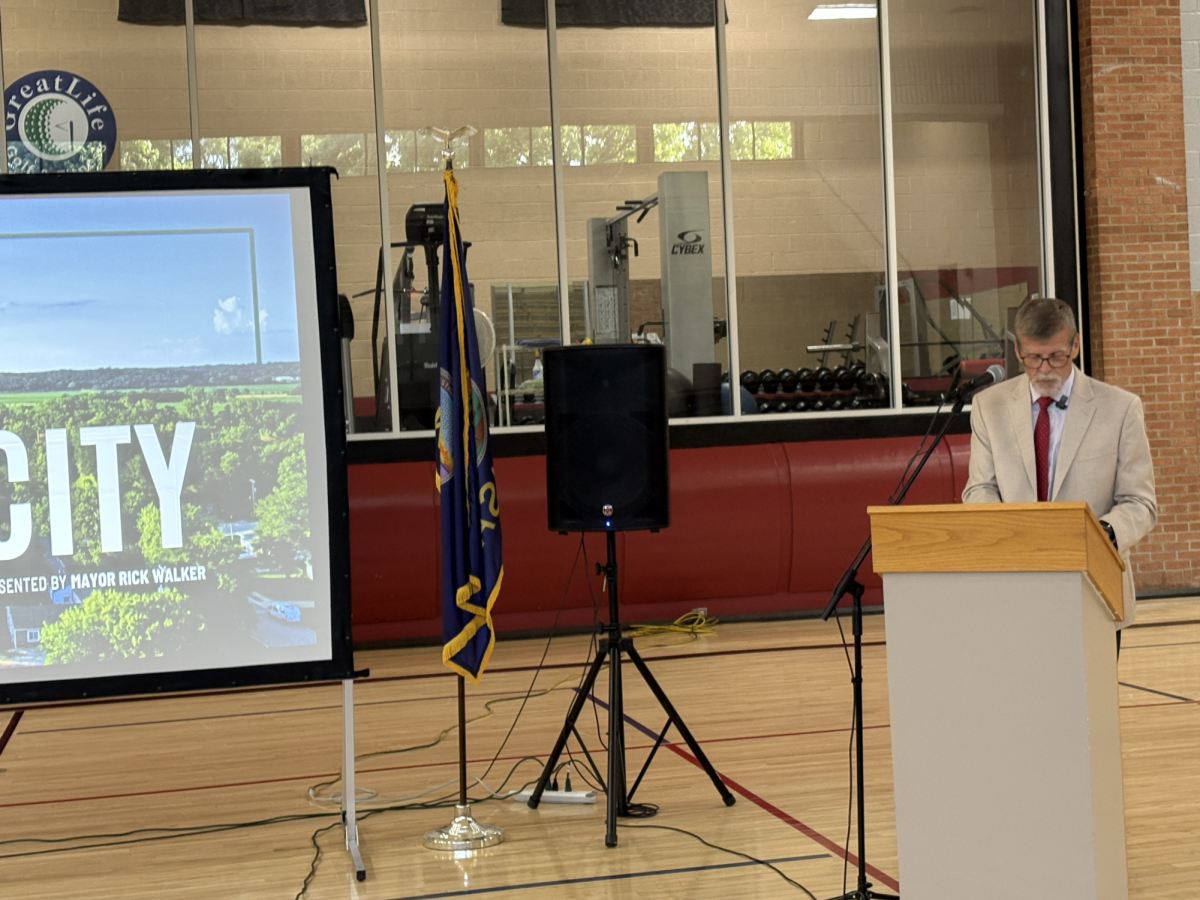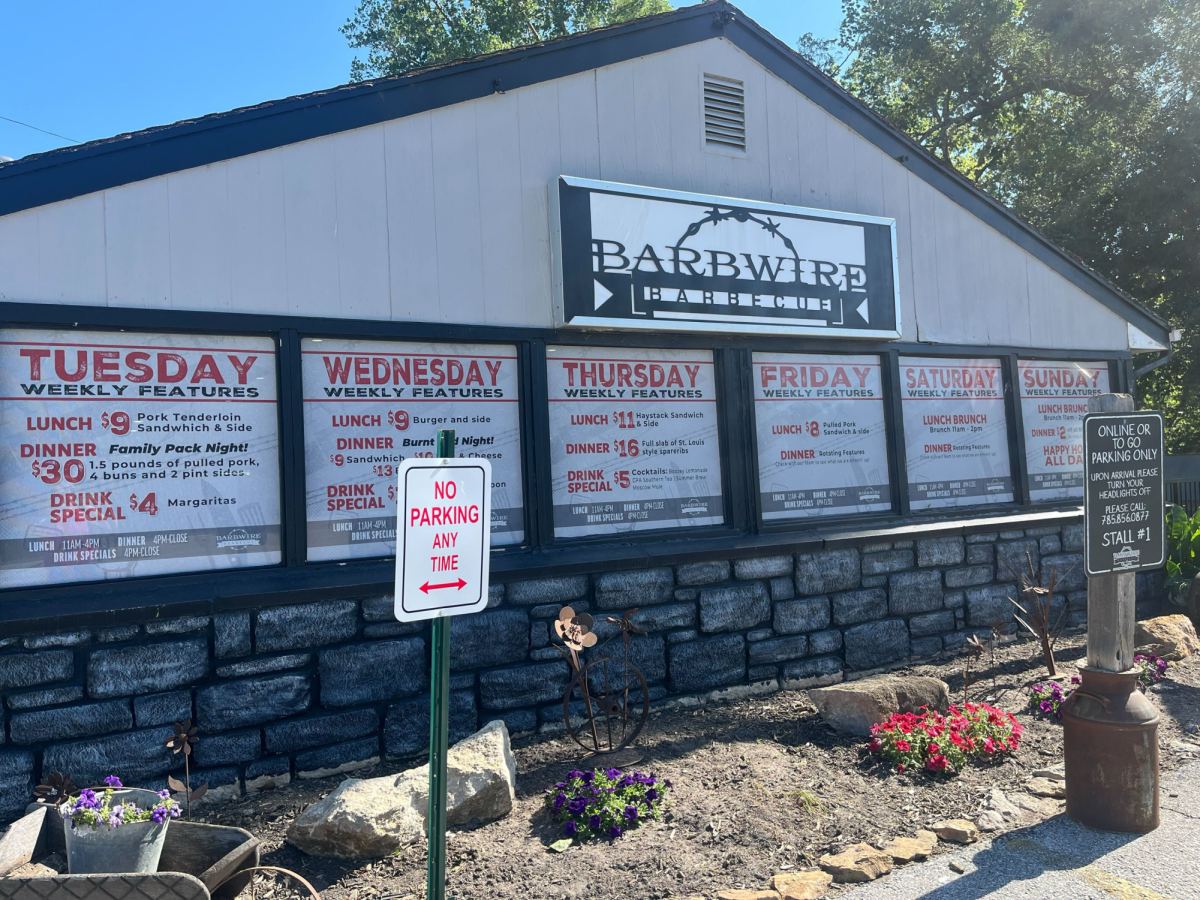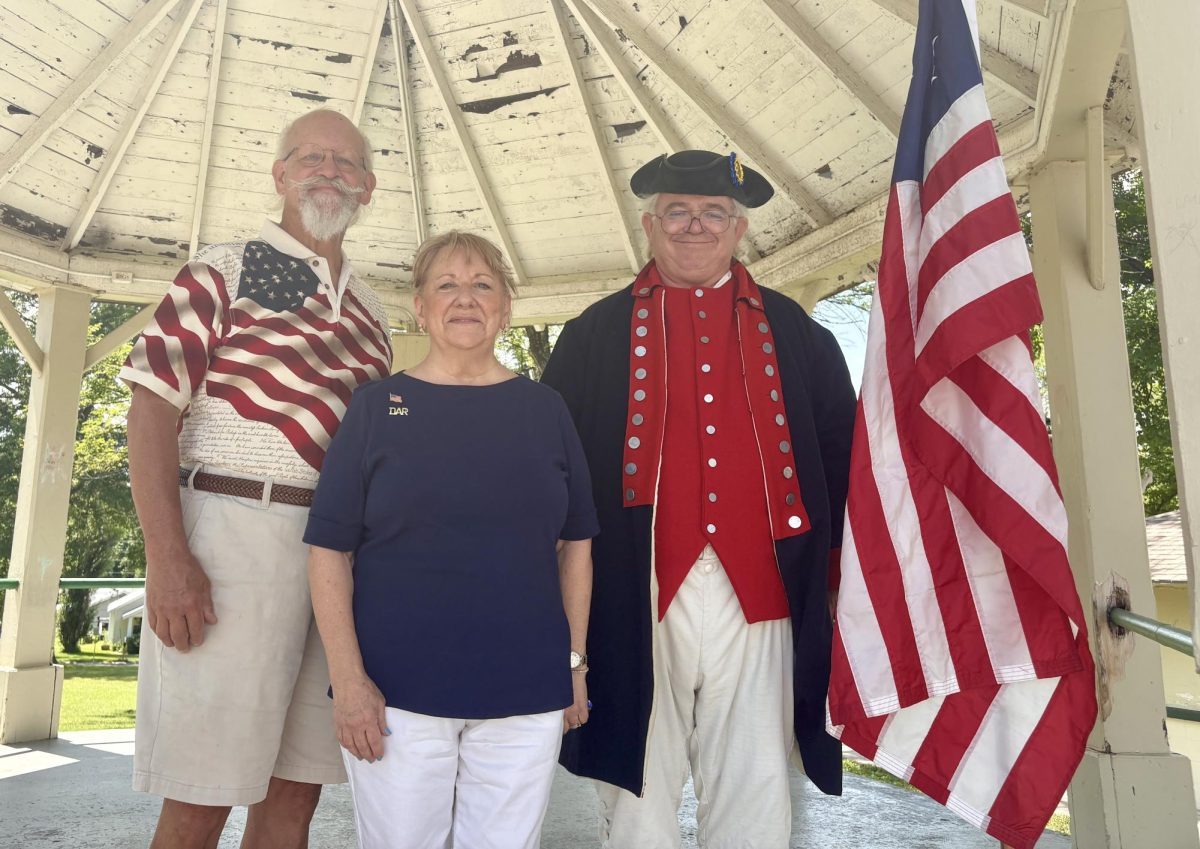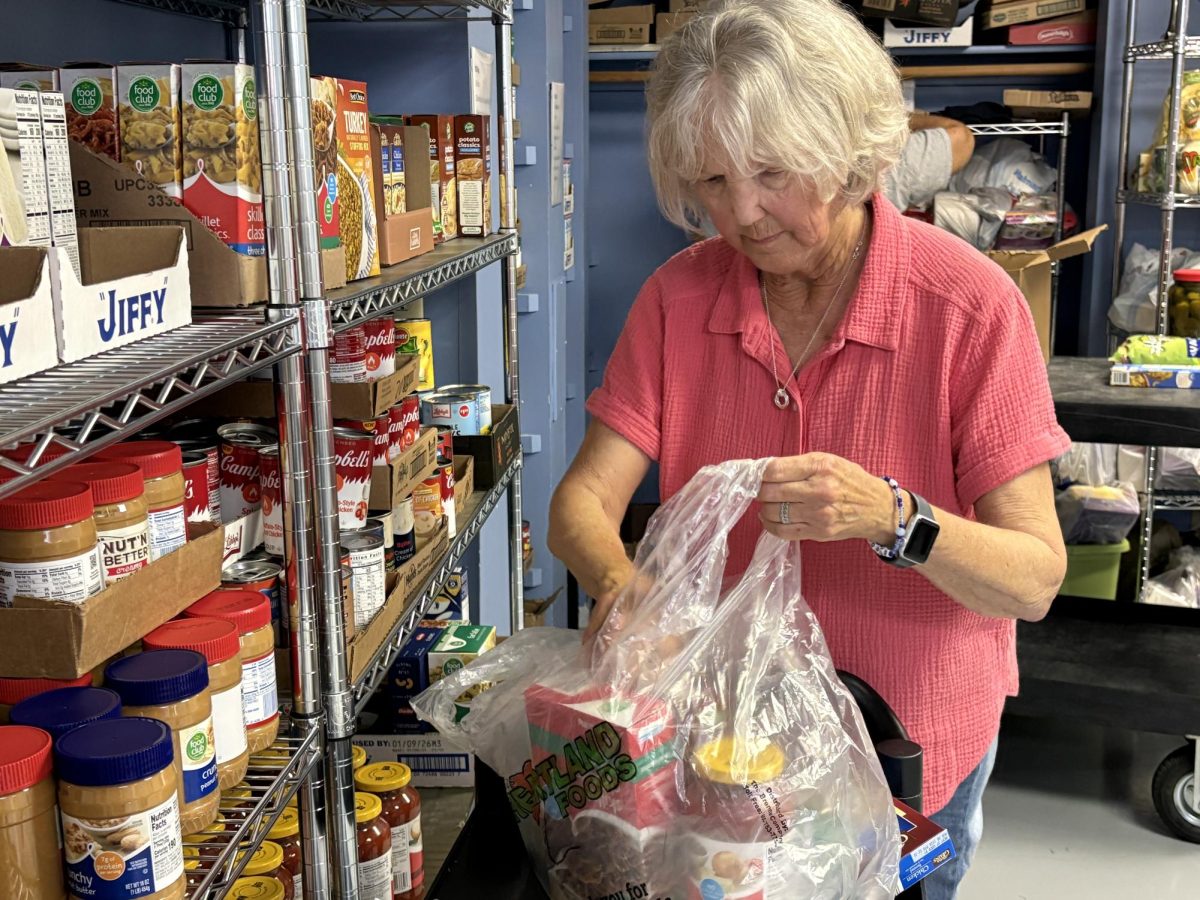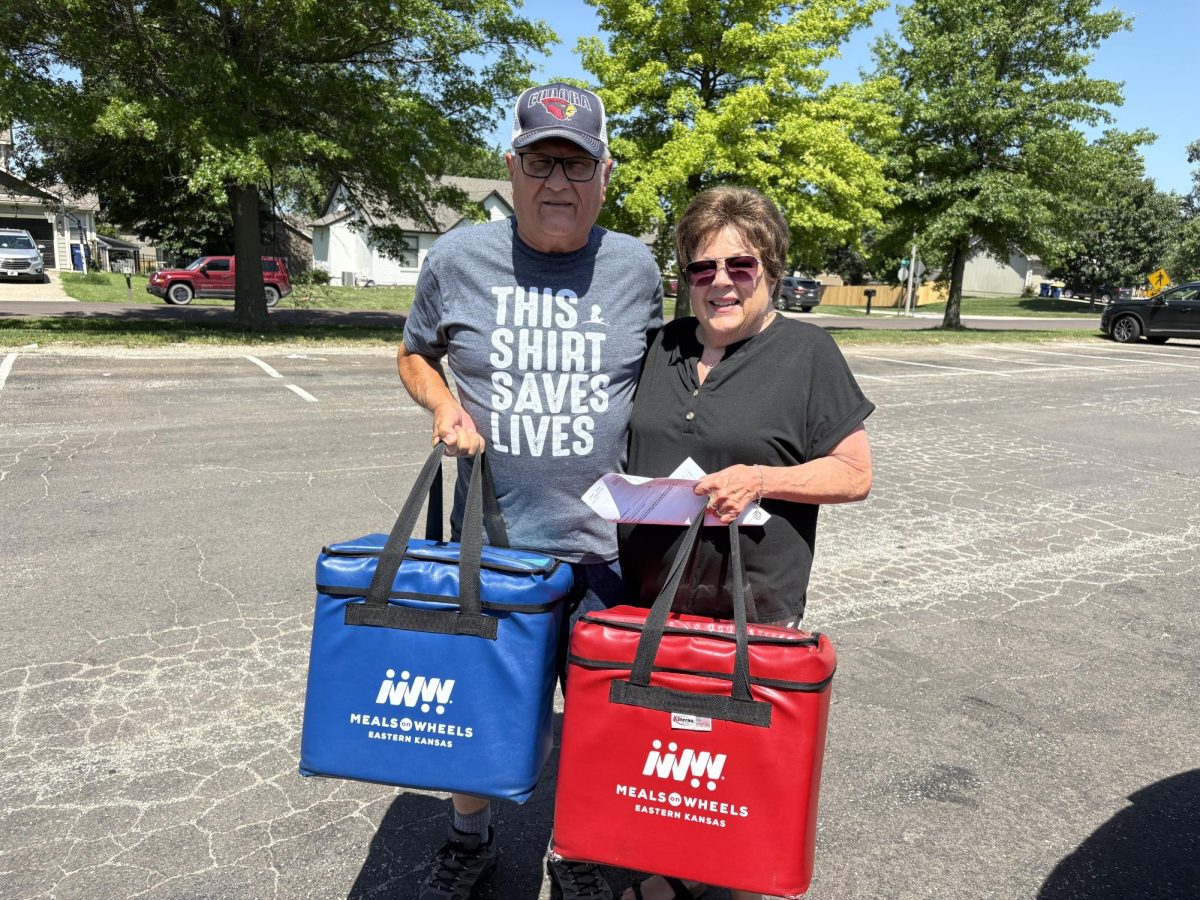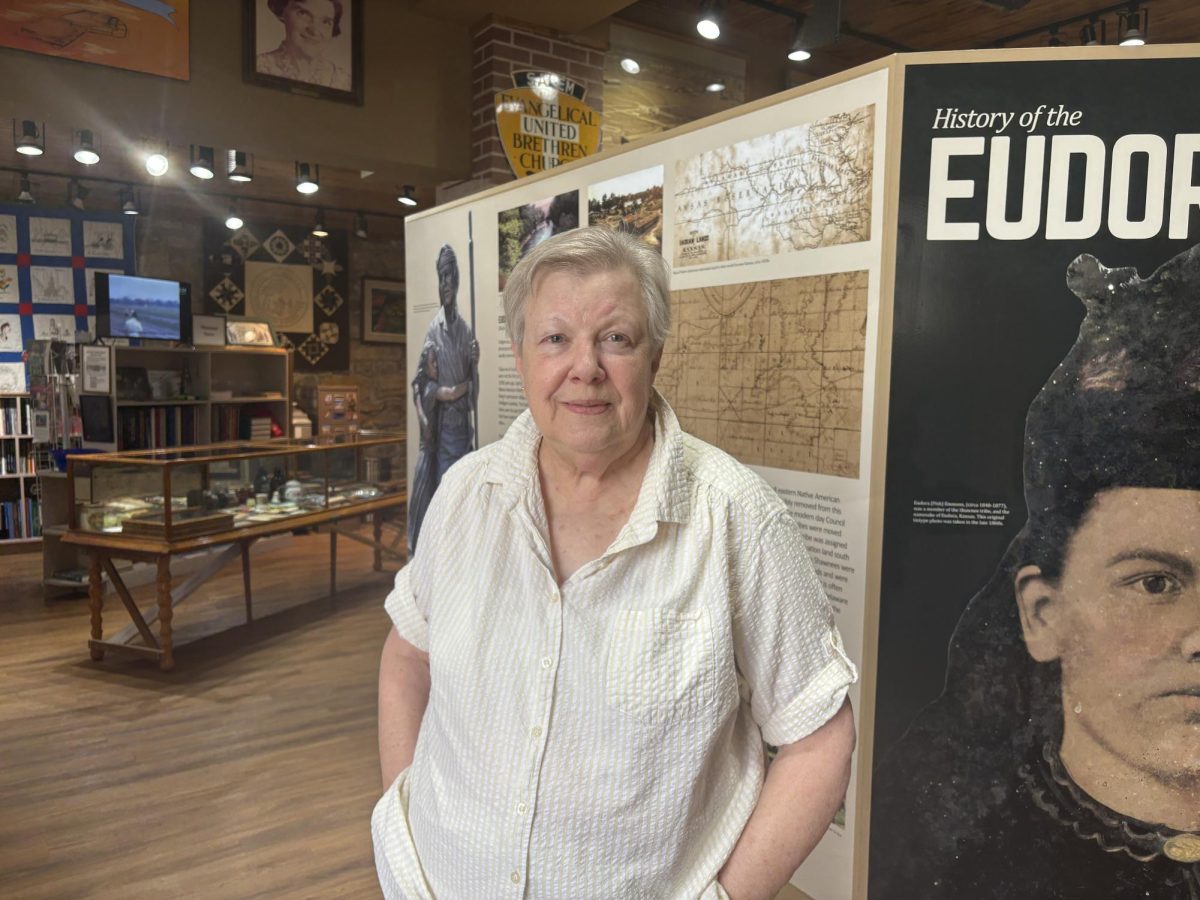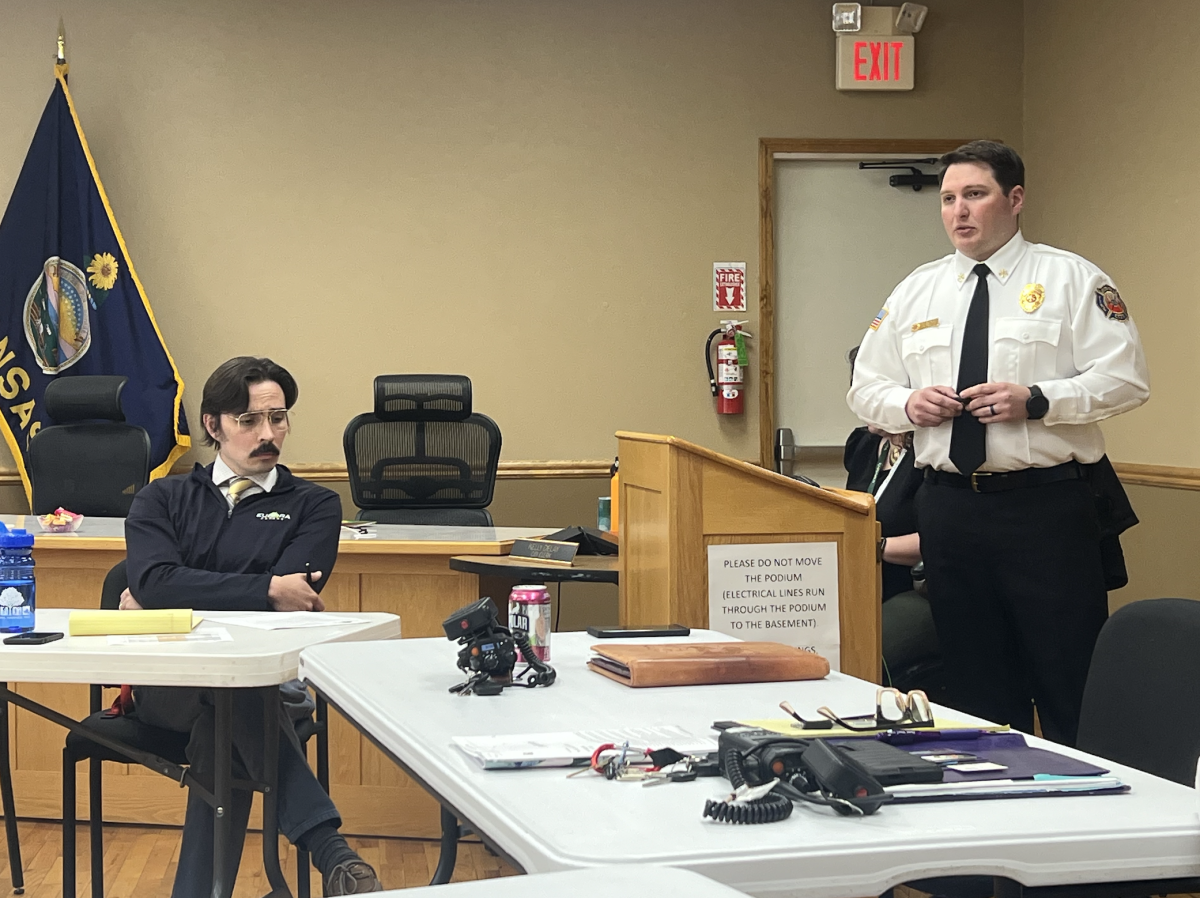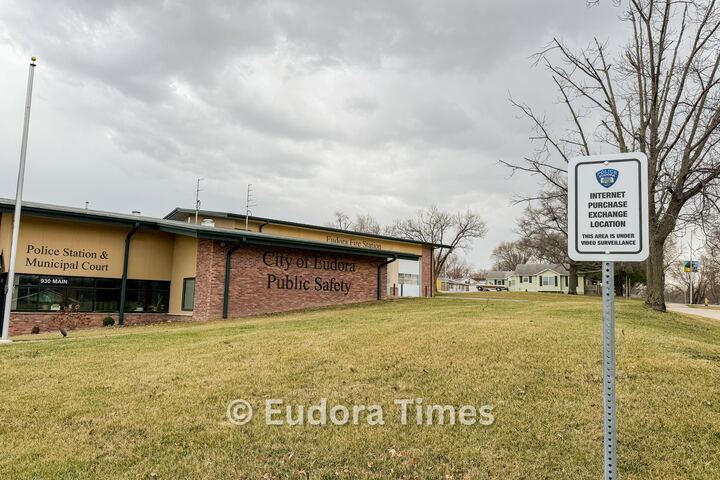About a dozen members of the public attended the commission’s work session that discussed the potential for the fire department to apply for a SAFER Grant that would help turn the station into a full-time department. Commissioners had requested more information on how the transition would shift city finances at the last work session.
The City Commission heard new information from the fire department and received an analysis on finances of how applying for a staffing grant would affect the city.
Assistant Fire Chief Chris Hull gave context on services provided by the department and how staffing affects their ability to meet their mission.
Hull estimated the department received about one call per 7.8 residents in the last year. In 2022, the department received 825 calls and 774 in 2023. By using that growth rate, Hull estimated 807 in 2024, 842 in 2025 and 876 in 2026, but said this is on the lower side of what it could be.
Hull said the department responds to medical incidents, grass fires, building fires, car fires and hazardous material spills, as well as conducts prevention activities for public education, all of which are what the public would expect from a department, he said.
In 2023, 31 incidents fell in the fire category, or about 4% of calls. Hull said this stat aligns with the national average matching some of the biggest stations. The vast amount of what they respond to is EMS calls or medical emergencies, he said.
“Even though the overall mixture between fire and EMS leans heavily towards the EMS, fires are where we have the largest manpower demand, the largest need for additional personnel,” Hull said.
One of the department’s main missions is to be ready at all times to respond to rescue residents from burning buildings thus driving the department’s request to apply for the grant, he said.
“It is a reasonable expectation for our citizens to hold that if a fire occurs in their home, their fire department will be staffed, equipped and trained to a level that gives them and their family members the best chance of survival,” he said.
Discussion about full-time firefighters has been ongoing, and was previously denied funding when Andrasevits requested three full-time firefighters to help ease into full-time service during last year’s budget cycle.
“This is also assuming that we don’t get any significant residential growth, commercial growth or any other huge development in the city, just if we continue growing as we have been,” he said.
In its current setup, the station has 25 volunteers and 12 part-time firefighter positions, but there are many gaps of coverage, Hull said. The only full-time staff are Andrasevits and Hull. Although the volunteers they have are dedicated, they are stretched thin, he said.
The department is not missing a substantial number of calls, but they are not turning out enough staff for the more labor intensive calls, he said.
In January, there were 19 days with coverage gaps, and about 154 total hours with no firefighters on duty, he said. February was similar with 21 days with 154 hours with no one on duty.
The application would request 12 full-time staff, with many being hired from existing part-time or volunteer firefighters, Hull said. The grant would supply the station with what would be needed to be considered fully staffed, which would be four people for each of the three shifts.
Hull said he has received questions about mutual aid, and why the community does not utilize other neighboring fire stations to help with needs. He said Consolidated Fire District 1 recently merged with many area volunteer stations and is the city’s automatic aid partner. The aid usually comes from a station south of Lawrence, so the response time is long.
The city does not have an automatic aid agreement with Lawrence because they are unable to reciprocate continuously, meaning they are not able to guarantee they can send staff units to them.
After an audit last year, the fire department was found to have an average of 10.75 responders – including automatic aid – coming to fire incidents. The total respondents included those who arrived at any point, even volunteers who arrived to clean-up after the fire was actually out, he said.
The National Fire Prevention Association requires that a city like Eudora puts 15 firefighters on the ground within nine minutes, meaning the department is significantly below the standards, he said.
Assistant City Manager Zack Daniel gave scenarios for how funding could look for the city after the grant funding for the positions would run out after three years, thereby leaving the city to potentially have to pay the firefighters’ salaries.
The 12 employees would cost an estimated $1.3 million to $1.5 million with pay and benefits during the grant period. The grant would cover all expenses other than overtime. The city would have to assume all costs after the three-year period is up.
Daniel said the grant opportunity offers a staffing solution that addresses current needs, future growth and helps meet industry standards. He said while other approaches for increasing staffing could be considered, they may not come with funding.
He created estimates of different scenarios for how much taxpayer funding could come into the city in the next few years and the city’s spending while taking into consideration growth and the new department’s funding.
If assessed valuation continued at a rate similar to the last few years, it is likely the city would need to increase taxes in the future or find other revenue to keep the positions after the grant funding ends.
“One of the reasons why SAFER is so attractive is because it gives us that kind of safety net so we’re able to anticipate any changes that might happen a couple years out,” Daniel said.
Daniel said the city knows the decision is not an easy one, and that it would be a heavy lift for the community at some point in the future. The grant would help make incremental increases that may be necessary, instead of hitting taxpayers all at once.
He said there is more than one way to go about this process, but SAFER covers staffing with an external funding source.
The deadline to apply for the grant money is Friday.
Commissioner Roberta Lehmann asked why the commission is just hearing about the grant if it happens every year.
Andrasevits said it’s been talked about year after year, but the department was just now given the go ahead to present it to the commission.
Lehmann also said she was concerned what would happen if the city had to use general funds even sooner than expected with hiring new staff for other city departments.
City Manager Kevyn Gero said the staff’s financial calculations had taken into account city growth, not only for normal current growth models but accelerated numbers.
Lehmann asked how the city would ensure it could keep firefighters after the end of the three years because the city loses a lot of employees since bigger cities can pay more.
Hull said the department is experienced in creating an attractive work environment since they are unable to provide salaries. He said many volunteers have been around for more than five years, and a handful have been around for over 20. By being able to pay them for their time, and with the management, he’s confident there would be a fairly low turnover rate.
She also asked if they would lose their volunteers when others are getting paid.
Andrasevits said the model of having full-timers and volunteers is common. Many volunteers have day jobs and would continue working their full-time job while volunteering in their free time, Hull said.
Commissioner Alex Curnes asked what revenue generation options the city could have to help once the grant wears off. Curnes also said most residents are probably unaware they don’t have a full-time fire department.
Daniel said exploring sales tax options would be a possibility, as well as revenue generation models for the fire department specifically. The influx of people and more businesses will also help bring in more revenue to the city, he said.
Lehmann asked what the city would be requesting and if the grant could fund only a portion of the staff they requested.
Hull said they would request 12 people total. It is possible they could only fund part and there is no requirement for the city to make up the rest.
Mayor Tim Reazin asked how off days, sick time and absent leave would be handled if there were 12 full-timers, since there would likely need to be some additional staff to fill the shifts when people are gone.
Hull said there would be a daily staffing minimum of three, with hopes of filling the fourth position with either a volunteer or part-timer.
Andrasevits provided examples of cities with similar populations to Eudora and how their stations are organized. She said De Soto has full-time and part-time positions, Abilene has full-time and volunteers, Paola has about 30 volunteers but does not run medical at all. Tonganoxie has full time, part time and volunteers.
Curnes said he wondered what residents would be willing to support if they knew they didn’t have a full-time department. He said within the next 12 months, the city could put together proposals for sales tax, rather than mill levy increases, and see what residents supported.
Reazin said his challenge is that he doesn’t know “if we’ve had a call that’s gone unanswered. I don’t remember one for years that’s gone completely unanswered,” Reazin said.
Hull said typically there are five calls each year that the department is dispatched and no one responds.
Reazin said his concern is if there are full-time employees, how to maintain volunteers if they are now hired as full-timers. He also wants to remember needs from other city departments besides the fire department.
During the regular meeting’s public comment, resident Timothy Kim spoke how important he feels full-time responders are.
Kim volunteers for the fire department, but said his concerns have to do with him and his loved ones living in Eudora. He volunteers in hopes of providing help to the community, he said.
Kim said people can die quickly in emergencies, and he has concerns about not having an ambulance in town. Mutual aid should not be a standard of care, especially when it can take 20 minutes, he said.
“It’s not something that you guys should be concerned about three years’ time when you have to pay for it,” Kim said. “It should be right now because this is our current situation right now. We need this. This is adequate. This is a requirement that we need to meet for our citizens, for your guys’ responsibilities as leadership and as people who represent us. It’s appalling that it’s taken this long for you guys to consider this.”
The City Commission did not take action to allow the department to apply for the grant funding Monday night, so the fire department will not move forward with applying for the grant at this time.
In other business, Bev Turner, from the Children’s Advocacy Center of Douglas County, thanked the city for the proclamation for April as Child Abuse Prevention month.
The city also approved the annexation of Aaron Thakker’s home at 1278 E. 2200 Road. The land will now be in city limits, which will match up with the neighboring areas. There are no plans for redevelopment of that land.
Thakker applied for a voluntary annexation request that was recommended for approval by the Planning Commission last week.
Reach reporter Sara Maloney at [email protected]
To donate to support our community journalism, please go to this link: tinyurl.com/y4u7stx

